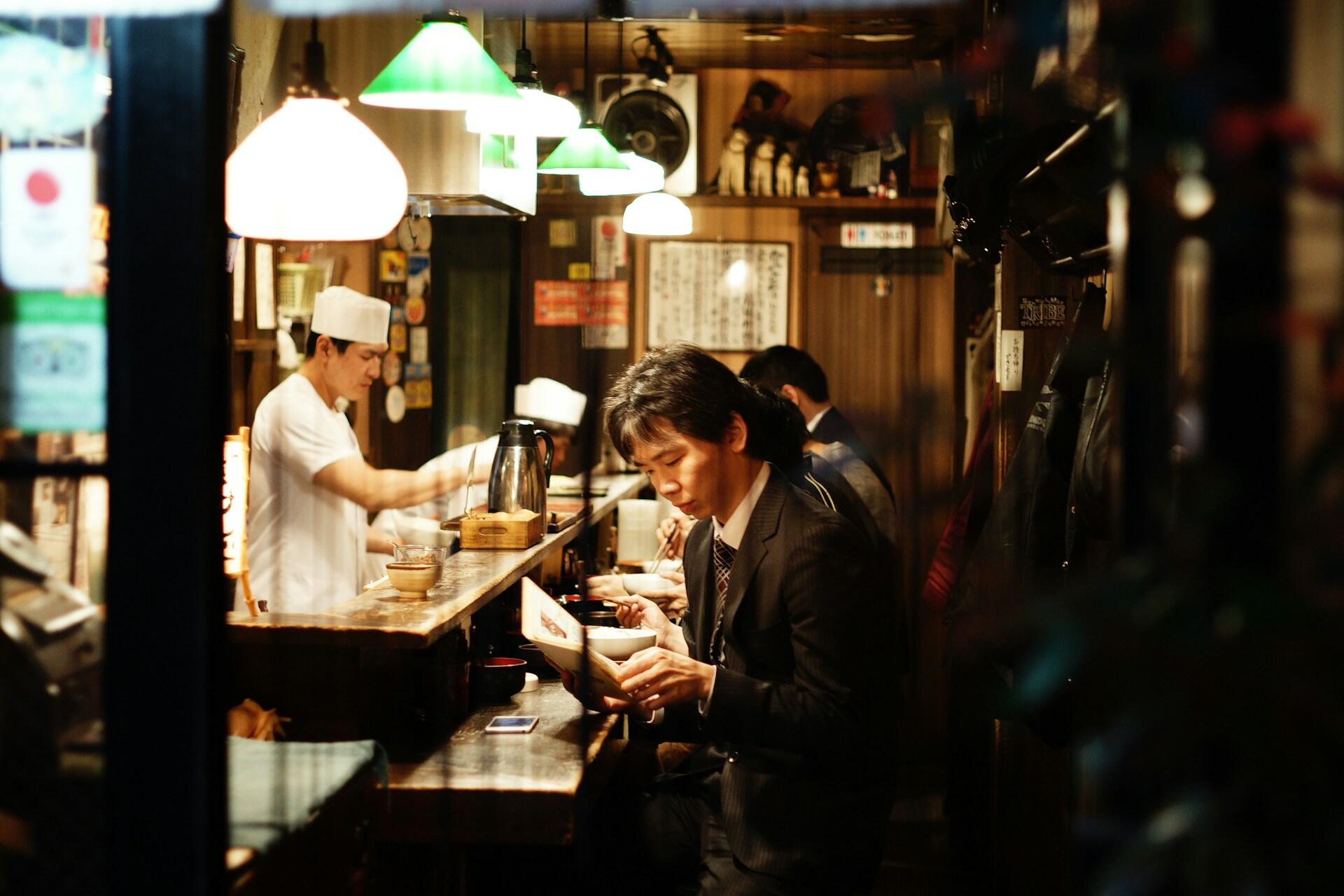✨ Key Takeaways
- Japanese immigration and its impact on Canadian food culture
- Fusion Cuisine and Modern Adaptations
- Modern Evolution of Japanese Dining
- Most Common Japanese Dishes in Canadian Restaurants
- The Rise of Japanese Food Chains in Canada
The popularity of Japanese food in Canada owes itself to a long and complex history marked by immigration, adaptation, cultural fusion, and food fashion. From the time the first Japanese immigrants came to Canada in the late 19th century to the present, Japanese food has developed and expanded to become Canadians' top choice meals. Discover more about Japanese food culture in Canada!

Japanese immigration and its impact on Canadian food culture
By the early 20th century and late 19th century, numerous immigrants from Japan had made their way to Canada in search of new beginnings. They were mainly concentrated on the west coast, in the Powell Street Nihonmachi district of Vancouver and Steveston.
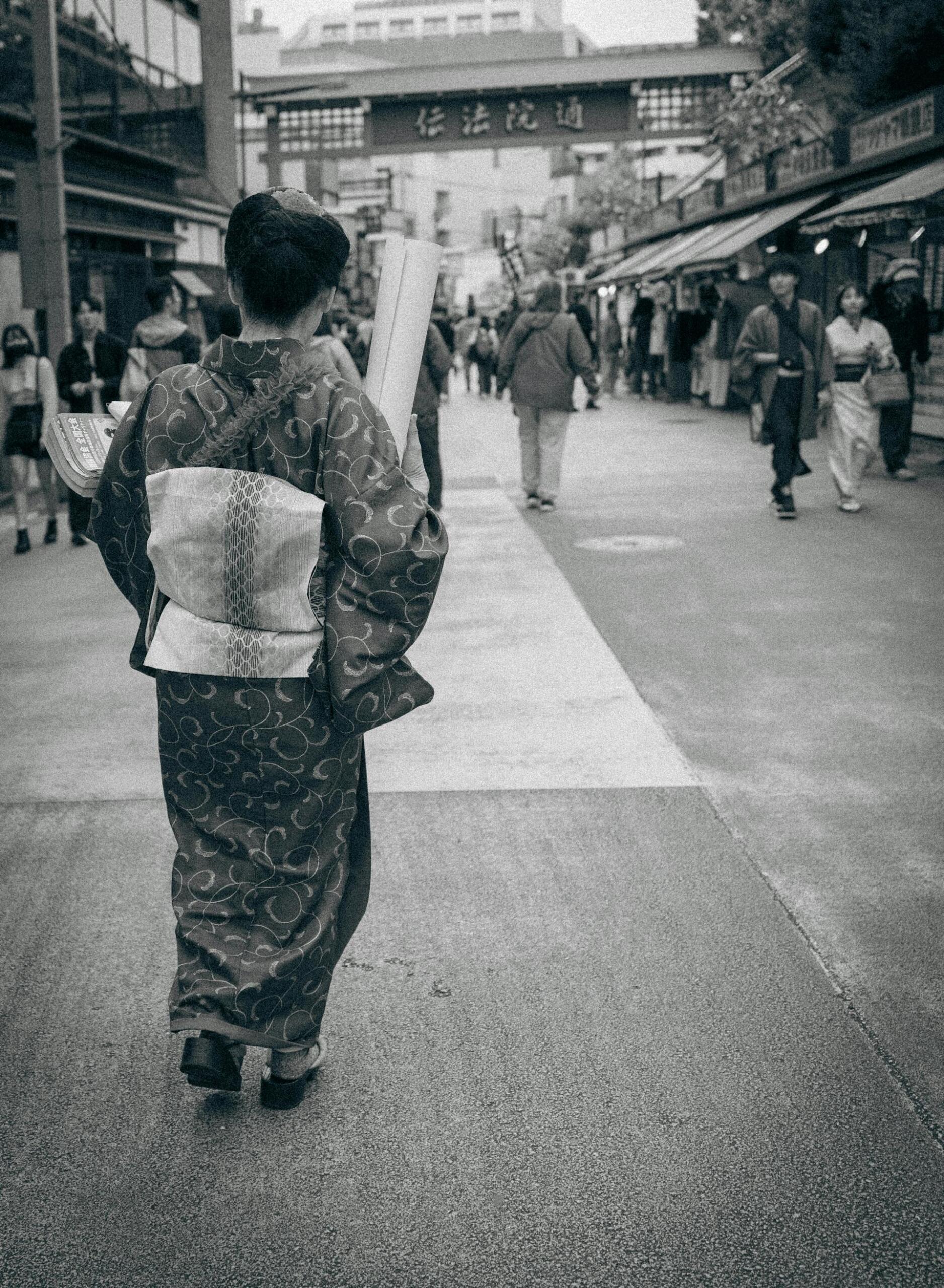
These communities brought their eating customs with them, establishing markets and restaurants that included traditional Japanese cuisine. This helped the immigrants maintain a sense of their culture and exposed local Canadians to novelty in food tastes and cooking methods.
Nevertheless, the Second World War introduced the most major challenges.
It was in 1942 when more than 22,000 Japanese-Canadians were to be forcibly dispersed across the country, held captive in internment camps.
Dispersal forced individuals to improvise and merge their ways of preparing food, which they finally settled, building what is widely accepted today as Nikkei food: the fusion of Japanese techniques in combination with local ingredients.
Get to know how Japanese philosophy has evolved in Canada.
🍣 The rise of Japanese restaurants in major cities
After the war and with the granting of full rights in 1949, Japanese Canadians began to rebuild their lives and communities. Between the 1970s and 1980s, the cities of Vancouver and Toronto witnessed an increase in the opening of Japanese restaurants. The restaurants introduced Canadians to authentic sushi, tempura, and ramen. The authenticity and quality of the restaurants gained popularity with Canadians, opening the doors for Japanese cuisine to gain popularity in Canada today.
🍜 Key events that popularize Japanese cuisine!
1. The "California Roll" creation
In the 1970s, Vancouver chef Hidekazu Tojo claimed he created the "California Roll," a sushi innovation for the Western palates that was an instant hit and is now a must of sushi restaurants worldwide.
2. Globalization and Japanese culture popularity
Globalization, social media, and the massive impact of anime and manga are some of the reasons why Japanese culture has impacted Canada and fueled interest in Japanese culture and cuisine.
3. The Japanese Food Festival Montreal & other gastronomic events
Japanese restaurants' involvement in food festivals and local events, such as the Japanese Food Festival Montreal, the Japan Festival Mississauga, or the Powell Street Festival in Vancouver, exposed many Canadians to Japanese cuisine and made them fall in love with it.
4. Local adaptations and innovative fusions
Dishes that combine Canadian and Japanese ingredients through contemporary preparation methods have become very popular, showing the versatility of Japanese cuisine.
🕒 Timeline
Late 19th—early 20th century
The immigration of Japanese people and the formation of communities in places like Steveston and Powell Street in Vancouver
1942
Forced internment of Japanese Canadians in World War II dispersed the communities and caused them to adapt their cooking habits.
1970s-1980s
A boom in restaurants serving Japanese cuisine in big cities like Vancouver and Toronto brought traditional food to the Canadian market.
1970s
Vancouver chef Hidekazu Tojo created the "California Roll," a revolutionary adaptation of Japanese cuisine to the Western palate.
Decades 1990-2000
The Increased popularity of Japanese food across Canada, with the establishment of many restaurants and the addition of Japanese foods to the daily diet of many Canadians.
Fusion Cuisine and Modern Adaptations
The interaction between Japanese culinary traditions and Canadian influences has given rise to innovative gastronomic fusions, reflecting the creativity and adaptability of Canadian chefs.
🐟 How Canadian ingredients in traditional Japanese recipes
The abundance of local ingredients in Canada has allowed Japanese chefs to experiment and adapt traditional recipes:
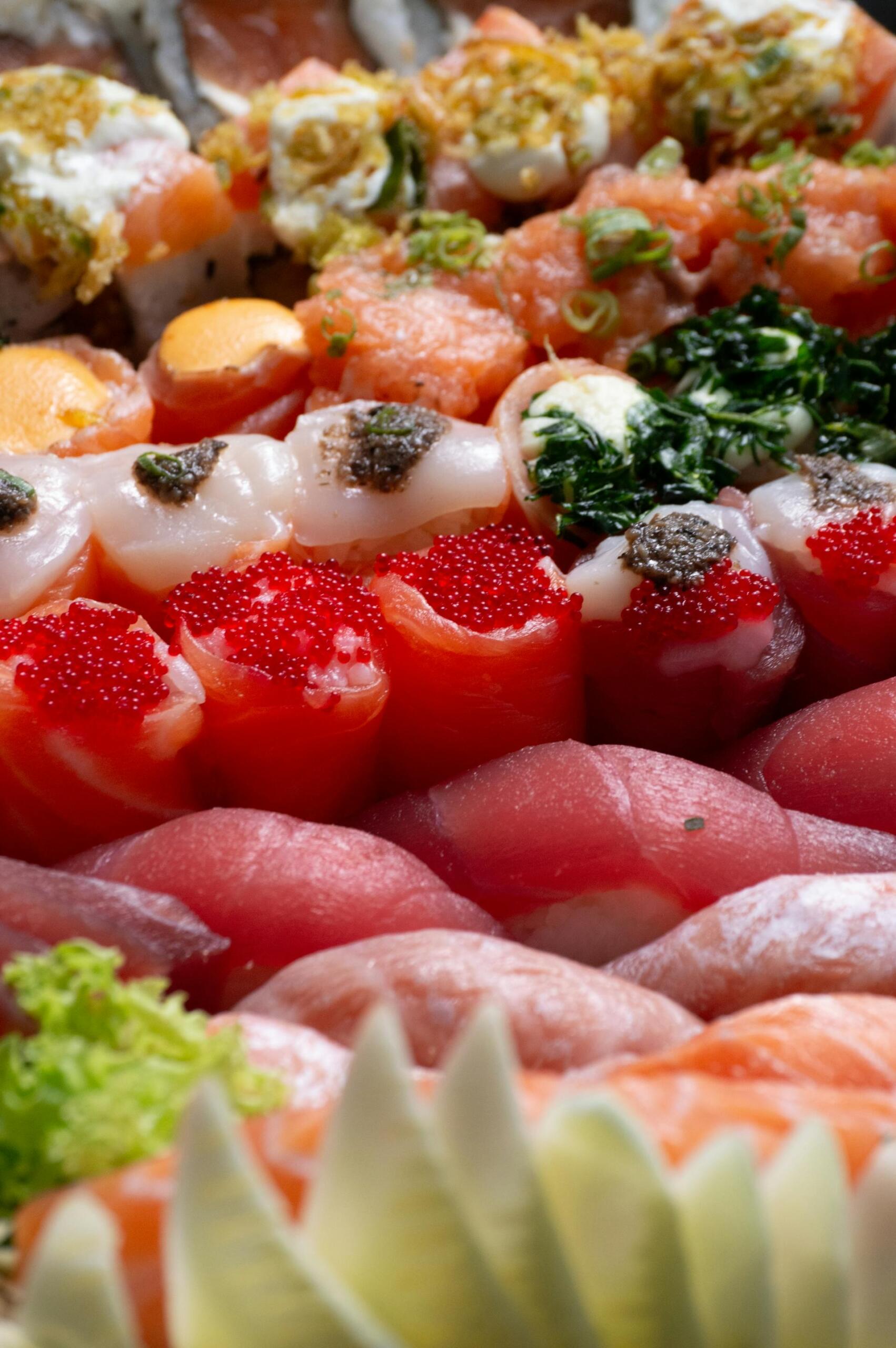
- Sushi with Pacific salmon: Salmon is essential in the Canadian diet, especially on the West Coast. Incorporating Pacific salmon into nigiri and rolls provides a fresh, local option that resonates with Canadian restaurants.
- Seasonal vegetable tempura: Using local, seasonal vegetables such as asparagus, courgettes, and mushrooms in tempura blends regional products and seasonal flavors while contributing to sustainability.
- Miso soup with local seafood: Including fresh seafood, such as fish, mussels and clams from the Canadian coast, into traditional miso soup fuses Japanese flavors with the richness of the local sea.
🧂 The influence of Western cooking techniques
Japanese Canadian cooking is made up of fresh local ingredients prepared according to Western technique, which leads to reinterpretation and creativity of traditional cooking. This fusion of both cuisines has been core to the fusion of Japanese cooking in Canada.
- Western preparation techniques - Smoking techniques have been adopted in dishes such as miso-glazed salmon, which is baked rather than Japanese-style grilled.
- Canadian or French-style presentation - In most modern Japanese restaurants, food is usually presented in Western haute cuisine, using minimalist plating and being decorated with foams, reduced sauces, and innovative visual elements.
- Fast food cultural adaptation - The traditional dish tonkatsu (breaded pork cutlet) has also been turned into a hamburger version using brioche bread or French fries as a side dish, maintaining the authenticity of the Japanese flavor.
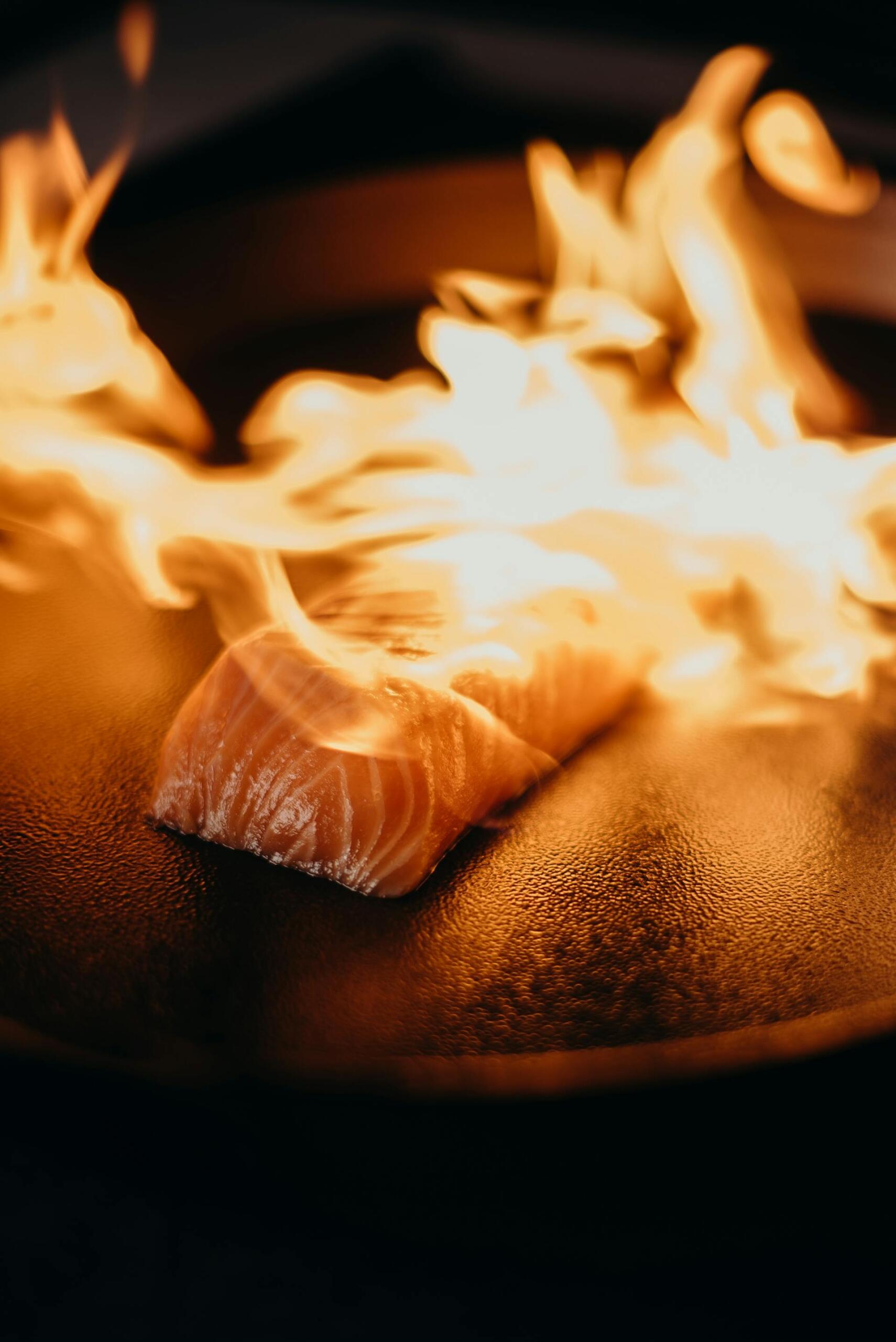

Modern Evolution of Japanese Dining
- Modern izakayas: These are informal Japanese-style bars with a relaxed atmosphere and a menu of creative meals. It is common to find izakayas that incorporate Canadian ingredients, cocktails with local sake, and vegetarian options.
- Plant-based sushi: With the rise of plant-based trends, a new wave of vegan sushi restaurants have become very popular. Plant based sushi replaces fish with marinated tofu, shiitake mushrooms, avocado, or beetroot, imitating the traditional sushi's taste, texture and ingredients such as fish.
- Sustainable and responsible fishing: More and more Japanese restaurants in Canada now prioritize local ingredients and sustainable practices more than ever, especially in fish and seafood use. This has led to a Japanese cuisine that is more conscious of the environment and the origin of its ingredients.
Most Common Japanese Dishes in Canadian Restaurants
The combination of efficiency, accessibility, and authenticity has made Japanese dishes a dominant trend in Canadian urban food, and everything indicates that its popularity will continue in the coming years. From noodles, fried rice, and tempura vegetables to sake, discover the most preferred Japanese dishes in Canada.
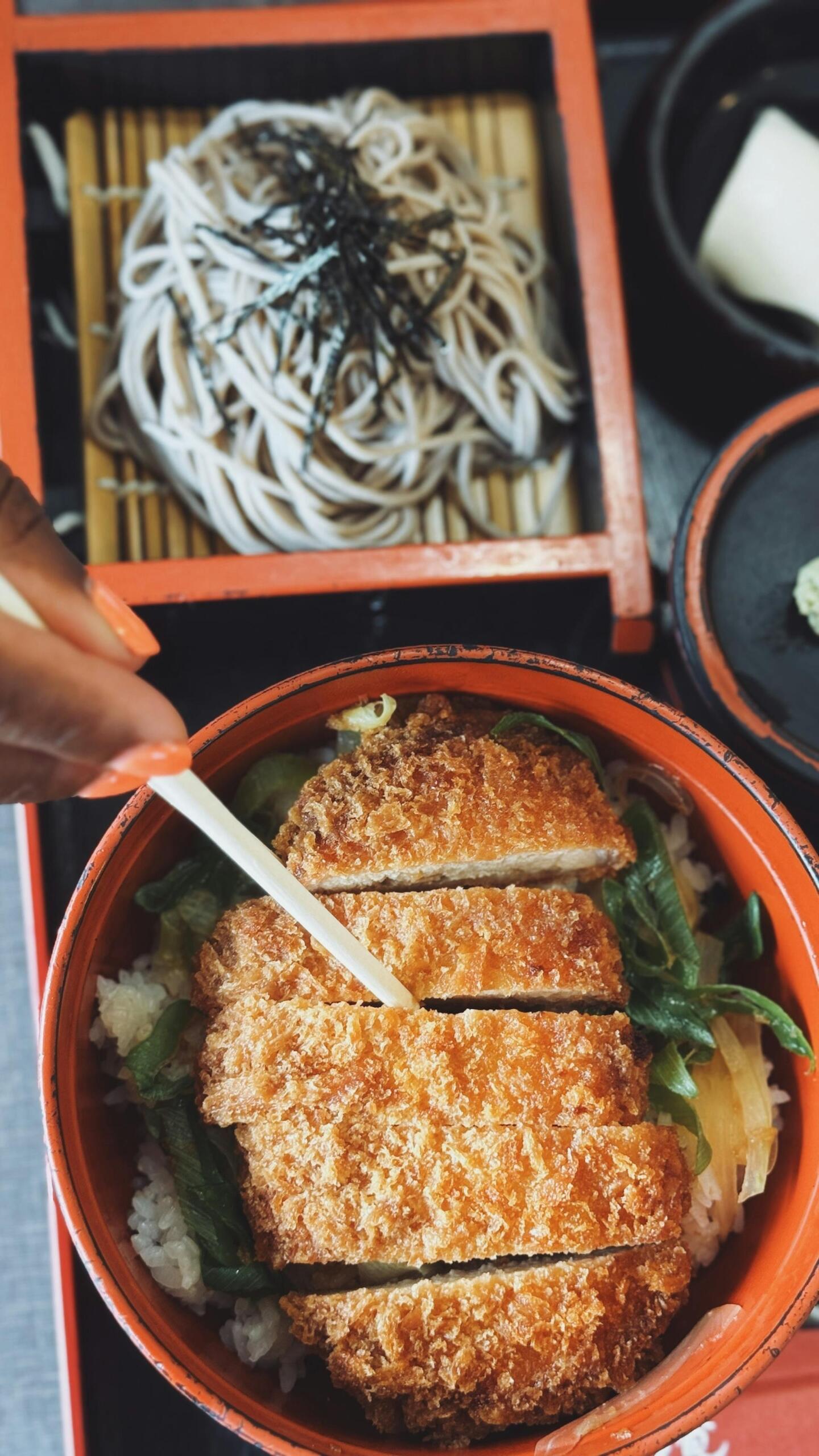
- Sushi and sashimi: Sushi and sashimi are the most representative by far. Sushi, ranging from traditional fish and rice rolls to newer inventions, is a versatile and accessible food.
- The "must-eat" Ramen: Some Japanese restaurants are dedicated entirely to this noodle dish. Ramen is comfort food ideal for the colder winter months.
- Chicken or Pork Katsu rice: Breaded and deep-fried pork or chicken cutlets served with curry and rice. Katsu is a popular meal on Japanese comfort food menus.
- Gyoza & Karaage: These fried items are popular and eaten as side dish or as appetizer.
🥕 Regional favorites
- Vancouver: Being close to the sea guarantees that fresh fish and seafood items, such as wild salmon sashimi or sushi garnished with locally available roe.
- Toronto: Multiculturalism manifests in trendy izakayas and dishes such as sushi with Korean or South American flavors. There is also a strong preference for ramen.
- Montreal and Calgary: Creative ideas have thrived in these cities, such as sushi in tapas format, or noodles and rice adapted to local flavors, including game meat options or French-Canadian ingredients.
🍁Japanese street food at Canadian festivals and events
Japanese food has conquered informal spaces such as summer markets, multicultural festivals and gastronomic events. Some outstanding examples:
- Takoyaki and taiyaki: They're everywhere at events such as the Japan Festival Mississauga or the Powell Street Festival in Vancouver.
- Japanese food trucks: More and more common in big cities, they offer street versions of yakisoba, curry and ramen.
- School or cultural fairs: Where Japanese-Canadian communities present traditional homemade dishes, fostering exchange and culinary learning.
Discover the most awaited Canadian Japanese festivities to enjoy food, culture, and music.
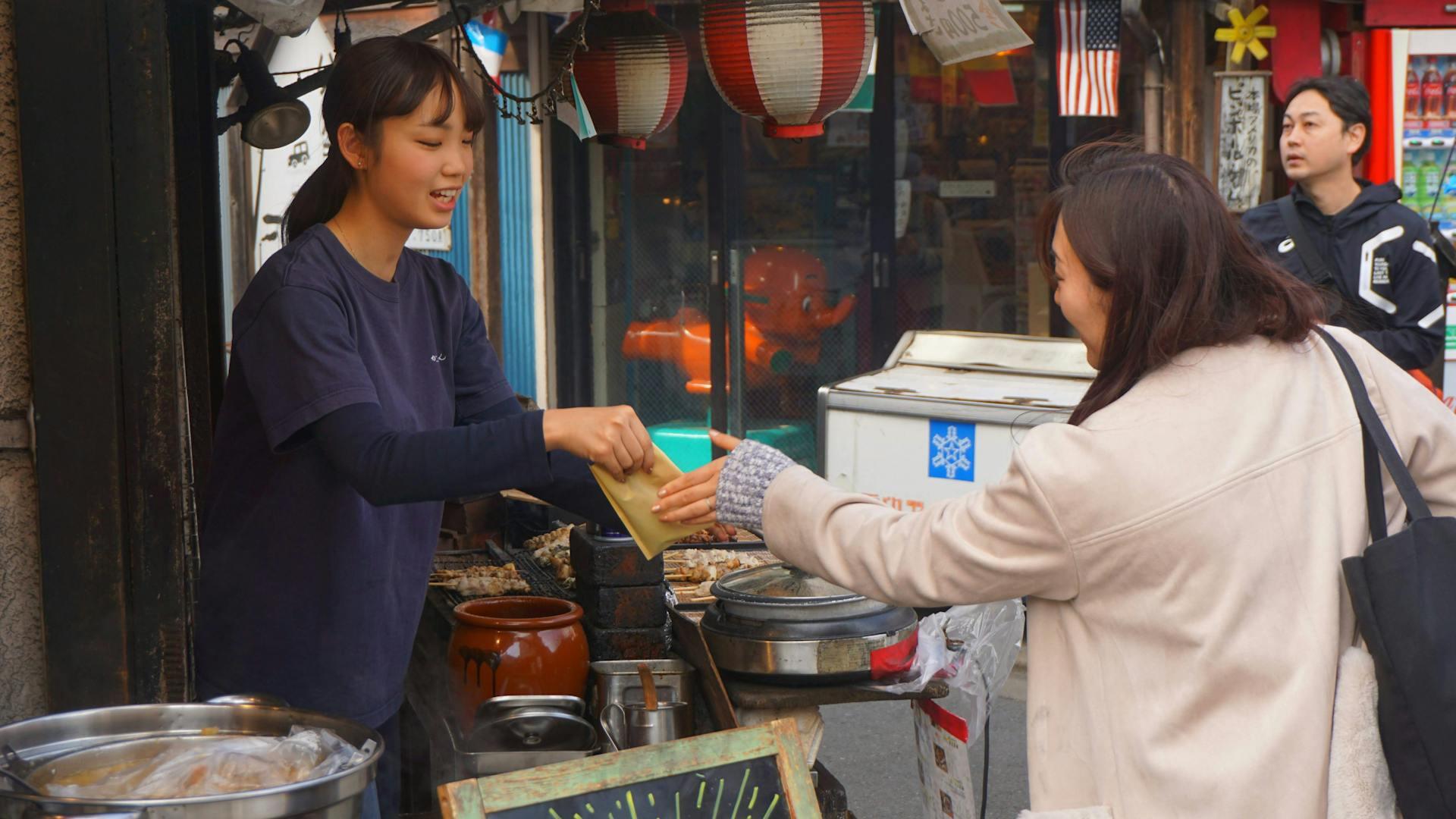
The Rise of Japanese Food Chains in Canada
In recent decades, Canada has seen an impressive rise in Japanese food chains, both international and local. This expansion is a testament to the rising demand for fast, convenient, and quality Japanese food, especially in urban areas where the pace of life is suitable for fast-casual concepts. Some of Japan's most renowned dining chains that have found an eager market in Canada are:
- Coco Ichibanya: This Japanese curry restaurant chain has gained popularity because of its customizable and delicious menu, meals, and famous sauce. Based in cities such as Toronto and Vancouver, its fast and casual dining suits the Canadian way of life.
- Sushi Zanmai: This restaurant chain, which specializes in fresh sushi and low prices, has gained notice in the Canadian market for its quality and traditional meals, though it still has a limited presence.
- Edo Japan: Although it began in Calgary in 1979, it is distinctively Japanese in concept and menu. With more than 150 dining locations across the country, Edo Japan has become one of Canada's most typical chains of Japanese fast-casual meals. It offers such fare as teriyaki, yakisoba, udon and sushi in a speedy, family-style format.
Japanese culture has a huge influence in Canada. But do you know how Japan impacts pop culture and the younger generations?
Japan taking over worldwide: Over the course of Reverend Ikuta's leadership, the company grew to 102 food court locations in suburban shopping centres across Canada, the United States and Australia, with about $10 million in annual sales.

